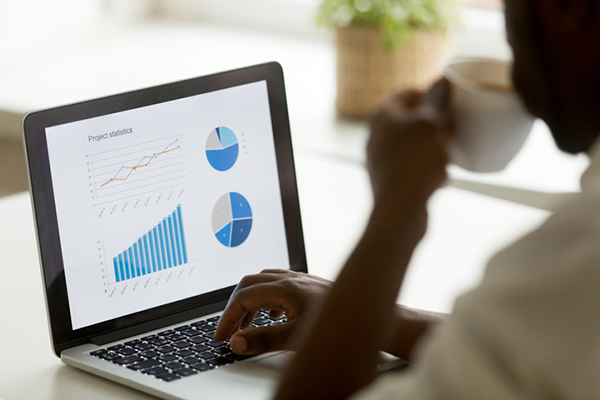
Author: Tammy Greenberg, SVP/Business Development, RAB
IAB published survey results at the end of 2020 indicating that 64% of media buyers said they will focus on digital performance marketing in 2021 with the ability to evaluate plans and results more frequently.
With significant advancements in the attribution space, radio has been able to prove unequivocally that it is one of the most effective media in driving online behavior among all target audience groups.
In fact, Tony Wright, CEO of WrightIMC, a full-service digital marketing agency, spoke about this in a recent post for Search Engine Journal. “The agency’s clients that effectively use radio have significantly higher click-through rates than their counterparts who are not using radio. We’ve seen the data for clients who are Fortune 10 businesses, as well as start-ups, and know it to be the case.”
Wright added, “when consumers are searching for something and they see a name, they have heard of, they are more likely to click on that listing.” Combine Wright’s insights with great creative delivered locally by radio, and it is a winning combination.
eMarketer data concludes U.S. e-commerce sales were predicted to reach $794.50 billion in 2020, representing a 32.4% year-over-year growth. The reporting states that this kind of jump typically would take several years to occur, but the pandemic accelerated this growth and there is no going back.
For brands to succeed in the e-commerce space, they must continue to build awareness for who they are, what they stand for and how they deliver. This is a job perfectly suited to the number one reach medium that is radio. It also makes proving radio’s ability to drive website traffic that much more important.
In a previous Matter of Fact article on the subject of attribution, Paul Cramer, Managing Director of Enterprise Radio Solutions at Veritone, stated, “radio has always provided great ROI for the reach it delivers, and now is able to provide the same real-time data, analytics, and transparency that data-driven mediums like digital are able to provide.”
Numerous Nielsen cross-media studies, commissioned by CUMULUS MEDIA and Westwood One, analyze advertising plans from a multitude of categories. These analyses have confirmed that radio is a multiplier and generates substantial lift in campaign reach and results.
Data across categories from NumericOwl proves the incremental lift in traffic to advertiser websites as a result of radio campaigns, and also identifies various demographic and behavioral patterns, the influence that daypart strategies, creative approaches and radio formats achieve in any given plan and so much more.
This past summer, LeadsRx conducted a study to see the impact radio advertising has had on the performance of Google and Facebook advertising in all of 2019 and the first half of 2020. They found that “if the rising tide raises all boats, consider radio the consistent surf-perfect waves pushing consumers to search online for more information about a product or service.” From January to June 2020, radio created a 18.3% lift in Google and Facebook performance (+20.3% from same period YAG).
Metrics, analysis, modeling and data trackers all feed into the many attribution models available today to prove radio’s ability to drive website traffic and influence brand purchase.
The last stop for a consumer is the brand’s e-commerce site, where first-party data is collected. Many local and national e-commerce sites include dropdown menus where visitors are prompted to answer the question “how did you hear about us?”
This form of data collection was likely originated when there was far less sophistication in attribution models. It has now become what David Schapira from AnalyticOwl describes as “anecdotal data collection that relies on a consumer accurately remembering why and how they did something.” Consumers are asked to choose only one of the many brand touchpoints they likely encountered that brought them to the online destination.
There may be a correlation between the first-party data and attribution paths if the “how did you hear about us?” dropdown menu allows a user to select all media they encountered before they visited the site. If this modeling is analyzed, it must include all possible media, not just owned and paid media to expose margins of error and misattribution.
As online shopping continues to surge and marketers lean-in to their e-commerce capabilities, radio remains poised to deliver consumers to their virtual doorstep and partner to combine data to measure the activity with precision.

